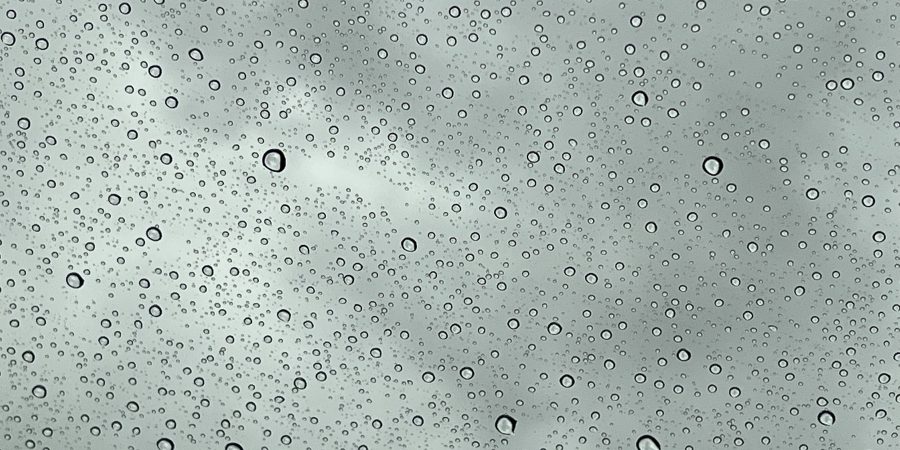Looking at the featured image, what are your assumptions? What does this photograph represent?
Water. Droplets on the window glass. Rain droplets. It’s raining. The weather is gloomy. Probably gusty and super humid. Blistering cold, dark sky. Period of intense bursts of rainfall, probably.
Anything on the list above is true.
It is something else entirely.
Diversity only exists when it affects us personally. Especially while talking about disability and when at a distance, not too close. The importance and intensity of the correlation between “IT” and “me” decrease in direct proportion to the increasing physical distance between “me ” and “IT”. The most acceptable diversity is the one in the form of impersonally conveyed ‘news’, totally not touching us.
It is still too difficult to capture and comprehend – especially the one invisible to the naked eye and learn – particularly as an integral aspect of everyone’s life. We do not know how to behave when a tête-à-tête with a disabled person is inevitable. Accepting that it inevitably impacts us, even if it isn’t us or doesn’t directly affect us, is still an abstract topic for many people.
Society still needs to be more welcoming concerning differences. It is seen as a source of inspiration and wealth, from which one should derive the invaluable resources of a ‘distinct from our ordinary thinking’ look, imagination, and construct.
The existence of natural limits and deficits in a human being is one of those pains that cannot be tackled or resolved merely by “intensified thinking”. Neither by more reflective effort nor a more thorough analysis of various aspects of the matter. In that case, you need to “think differently”, that is, develop new and alternative ways of thinking. Dealing seriously with the scourge of prejudice in general and prejudice against disability, in particular, is, therefore, not a massive effort to ‘intensify thinking’ as to ‘think differently’, to get out of the box.
The term ‘prejudice’ indicates upfront judgment: judging something or someone in advance before getting to know the thing or person being judged accurately. Two anomalies emerge from this – time and content.
Prejudice is thus set up as a hasty judgment that precedes experience or is supported by a scarcity of empirical data and is, therefore, inevitably wrong. Frequently approximated way too roughly.
On the other hand, one of the definitions of a “mental stereotype” is the concept of an image – concerning the category of persons, material (physical) things, or events – maximally simplified and shared in its essential features by large masses of people.
The essential features of a stereotype are, in fact, social origin – as a group judgment – popularized by the super-simplified structure of the content. Additionally, it is supported by the fact that there is no need to verbalize it. It is in its intangible form – you just ‘feel it in the air’.
Simply put – a stereotype’s strength lies in the automated, thoughtless transformation of the unknown into the known. The new into the old categories, thus avoiding the fear of a well-thought-out judgment and change. Denying to witness firsthand and understand something incomprehensible or abstract to the individual.
Prejudice and stereotypes make handicaps something that serves to close the “junk” of humanity. Capture the “stranger things” in a closed circle.
Solved.
One may wonder why this is so. What is the goal pursued in this way?
Prejudice and stereotypes reinforce a welfare, compassion, and dependency policy mentality at the expense of an authentic culture of integration.
Social psychologists explain that it is necessary to realize that shame, aversion, pity, and compassion are not cognitive or experimental criteria. All those are mental constructs saturated with affective components, elements directly related to our emotional and spiritual sphere.
Shame and scorn cover the fear of recognizing ourselves as a fragment against the rest of our society and humanity. This is how an attitude of depreciation and rejection of otherness subtly begins. In our particular case – the degree of efficiency or the deficit.
The bias against handicaps expresses one of the most terrible and destructive ‘deceptions’ of our minds, namely the desire to reject and denial of the existence of the inner limits of human nature in all of us, without exceptions. Also, in this case, the pursuit through “broader thinking” towards “thinking differently” opens the horizons of the meaning of extraordinary variety and abundance.
The ability to look beyond the disability, deficits, and blockades to the discovery of the extraordinary richness of humanity for society consequently stimulates one to “think differently” – respecting boundaries and natural, various limits.
Because the water droplets on the window glass and a cloudy sky in the background do not necessarily mean that it has just rained.
